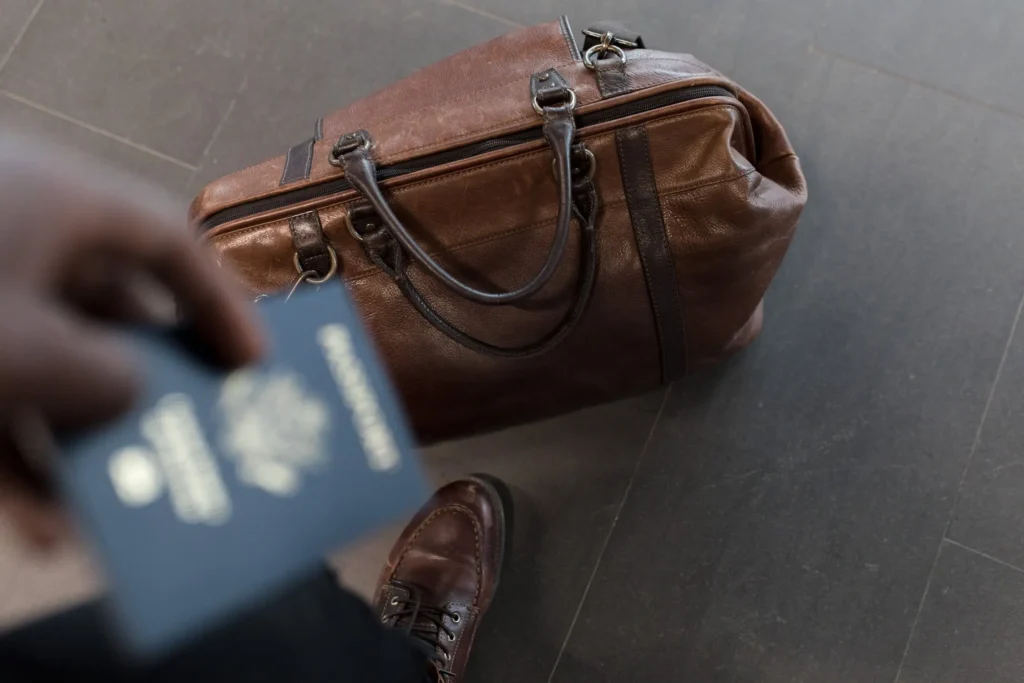Traveling exposes you to new cultures, environments, and unfortunately, pests. From bed bugs in hotel rooms to mosquitoes carrying diseases in tropical climates, the variety of pests encountered can vary widely depending on your destination.

Being informed about these pests and knowing how to prevent encounters with them is essential for any traveler seeking to protect their health and ensure a comfortable trip.
Bed Bugs: The Traveler’s Nemesis
Bed bugs are among the most dreaded pests for travelers worldwide. These small, elusive insects are experts at hitchhiking on luggage and clothing, making any traveler an unwitting transporter. Bed bugs are not a sign of uncleanliness and can be found in both budget lodgings and luxury hotels.
Identifying Bed Bugs
- Size and Color: Adult bed bugs are about the size of an apple seed, with a flat, oval-shaped body and a reddish-brown color.
- Signs: Look for tiny blood spots on sheets, dark or rusty spots of bed bug excrement on mattresses and bedding, and a sweet, musty odor.
Prevention Tips
- Inspect your accommodations, especially the bed, furniture, and headboards, for signs of bed bugs.
- Keep your luggage on a rack away from walls and beds.
- Consider using protective covers for your luggage and belongings.
Important note: Bed bug sprays are useless.
Mosquitoes: Carriers of Disease
Mosquitoes are not only a nuisance but also carriers of various diseases, such as malaria, dengue fever, Zika virus, and West Nile virus. The risk of encountering disease-carrying mosquitoes is higher in tropical and subtropical regions, but they can be found worldwide.
Risks and Prevention
- Diseases: Mosquitoes transmit diseases through their bites, with symptoms ranging from mild fever to severe, life-threatening conditions.
Prevention Tips
- Use insect repellent containing DEET, picaridin, IR3535, or oil of lemon eucalyptus.
- Wear long-sleeved shirts and long pants, especially during dawn and dusk when mosquitoes are most active.
- Stay in accommodations with window screens or air conditioning, and consider using a mosquito net if sleeping in areas exposed to the outdoors.
Ticks and Lyme Disease
Ticks are prevalent in many regions across the globe, including the United States, Europe, and parts of Asia. These tiny pests are not just a nuisance; they are carriers of Lyme disease—a serious condition that can lead to severe health issues if left untreated.
Lyme disease is most commonly transmitted by the black-legged tick in the northeastern, mid-Atlantic, and north-central United States, and by the Ixodes ricinus tick in Europe.
Precautions in Tick-Prevalent Areas
When venturing into nature, especially in areas known for tick populations such as forests, meadows, and grassy areas, taking precautions is essential: “Most Common Pests You Might Encounter When Traveling Abroad”
- Wear protective clothing, including long sleeves and pants. Tucking your pants into your socks can prevent ticks from crawling up your legs.
- Use tick repellents that contain DEET, picaridin, or IR3535 on exposed skin and clothing.
- Perform thorough tick checks on yourself, your children, and your pets after spending time outdoors.
- Shower soon after being outdoors to wash off unattached ticks and more easily find ticks that may be on you.
Cockroaches and Ants: Unwanted Companions
Cockroaches and ants are among the most common pests encountered in various accommodations worldwide, thriving in different climates. These pests are not just a sign of uncleanliness; they can also be carriers of diseases and lead to allergic reactions in some individuals.
Minimizing Encounters with These Pests
- Keep your living area clean and free of food scraps. Store food in sealed containers.
- Dispose of garbage regularly and use cans with tight-fitting lids.
- Seal cracks and crevices around doors, windows, and other entry points to prevent entry.
- Consider natural deterrents like diatomaceous earth for ants and boric acid for cockroaches.
Rodents: A Global Issue
Rodents, including rats and mice, are a global problem affecting both urban and rural areas. They are known to spread diseases, such as leptospirosis, hantavirus, and even plague. Beyond health risks, rodents can cause significant property damage by chewing through wires, insulation, and structural components.
Keeping Accommodations Rodent-Free
- Inspect your accommodation for signs of rodents, such as droppings, gnaw marks, and nests.
- Eliminate food sources by storing food properly and keeping the area clean.
- Use rodent-proof containers for food storage, especially in areas prone to rodent infestations.
- Seal holes and gaps in your accommodation that might serve as entry points for rodents.
By taking these precautions and being mindful of the common pests encountered when traveling, you can significantly reduce your risk of uncomfortable or even dangerous encounters with these unwanted guests. “Most Common Pests You Might Encounter When Traveling Abroad”
Preventive Measures and Solutions
To minimize the risk of pest encounters while traveling, adopting a proactive approach is crucial. Here are some general guidelines to help you stay pest-free during your travels:
- Use Repellents: Always carry and use insect repellents that are effective against a wide range of pests, including mosquitoes, ticks, and bed bugs. Look for products containing DEET, picaridin, or oil of lemon eucalyptus for best results.
- Maintain Clean Accommodations: Keep your lodging clean and clutter-free. Avoid leaving food out in the open and dispose of garbage regularly to not attract pests like ants, cockroaches, and rodents. “Most Common Pests You Might Encounter When Traveling Abroad”
- Inspect Lodging for Signs of Infestations: Upon arrival, inspect your accommodation for any signs of pests. Look for bed bug signs on mattresses, bed frames, and behind headboards. Check for droppings or damage that might indicate the presence of rodents or cockroaches.
- Choose Accommodations Wisely: Whenever possible, choose well-reviewed accommodations known for their cleanliness and pest management practices. Reading reviews from previous travelers can provide insights into any potential pest issues.
- Keep Personal Items Off the Floor: When staying in hotels or hostels, keep luggage and personal items on luggage racks or shelves to prevent bed bugs from hitching a ride home with you.
Takeaway
Being informed about the common pests encountered while traveling is essential for anyone looking to explore the world.
By taking preventive measures such as using repellents, maintaining clean accommodations, and conducting thorough inspections, travelers can protect themselves from unwanted pests and focus on the joys of discovery.
Prepare and take these precautions to ensure your health, comfort, and peace of mind during your journeys, allowing you to create memorable experiences without the worry of pest encounters.
For More Info… Click Now
The post Most Common Pests You Might Encounter When Traveling Abroad appeared first on Travelstype.

